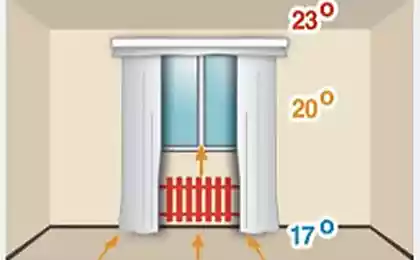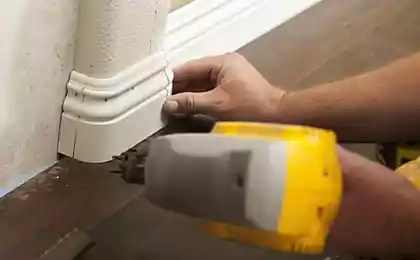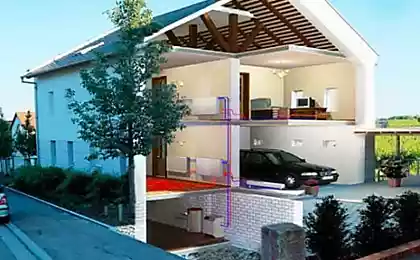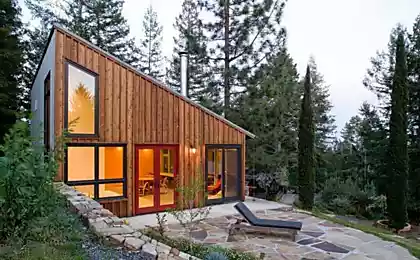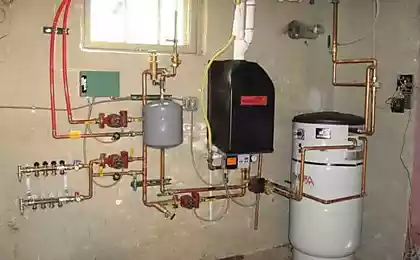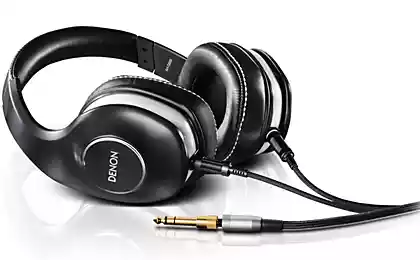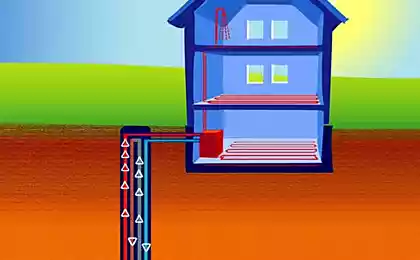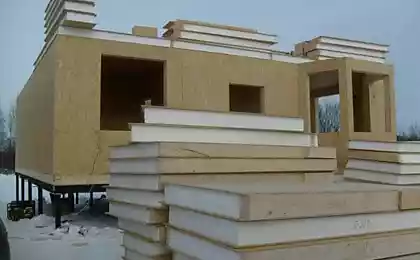602
Warm plinth: pros and cons
Have a baseboard heater has its own application area — the house with Windows to the floor. But even in apartments, not cluttered with furniture (with a sound dressing that is even possible to "bypass" warm plinth) it is possible to successfully apply this type of heating. Besides, now intense heated Windows do not need — 3-chamber glazing, a fancy profile, the heat loss through the window is much smaller. And opening the window for ventilation, you know — all the heat goes outside.
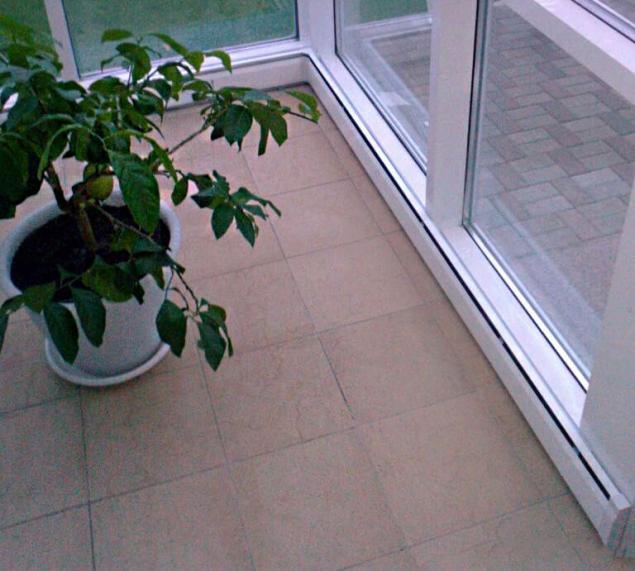
First, I note that there is no heating system, which is able to save 40% of electricity, how to tell the marketers of the baseboards. Took kilowatt — kilowatt gave. The only question is the comfort and suitable configuration.
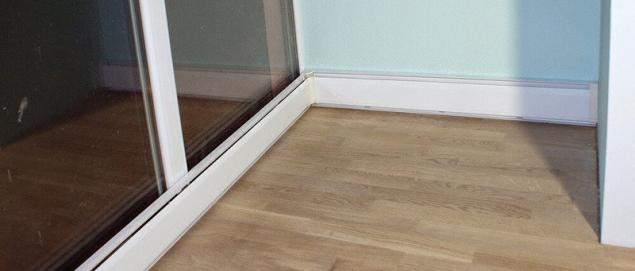
How does skirting warmWarm skirting is high temperature heating (from 50 to 110 deg. A) radiant type. Around the perimeter of the exterior walls is laid 2 round copper tubes in a crate. It looks something like the photo below, but each manufacturer has its own composition of the metal sheathing, forms, ribs, etc.
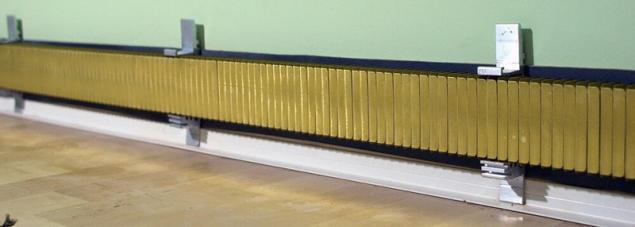
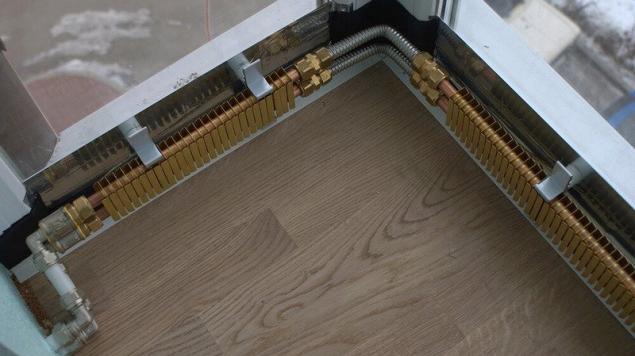
A warm floor can be called smeared all over the wall of the radiator, but its design does not allow for active convection — warm air is flowing up the wall and gives comfortable warmth from the walls to the center of the room. This principle of heating is also called the "warm wall" and associated with the Coanda effect (Coanda).
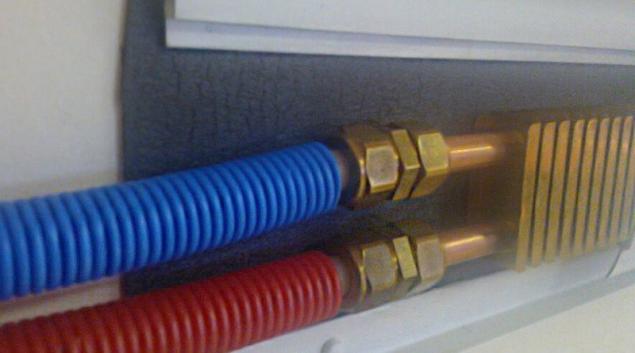
The water baseboard and electricBaseboard heating work on the water and electric system. Radiant baseboard is manifold. One of the firms, installing baseboard heating, offers to punch him in the Central heating.
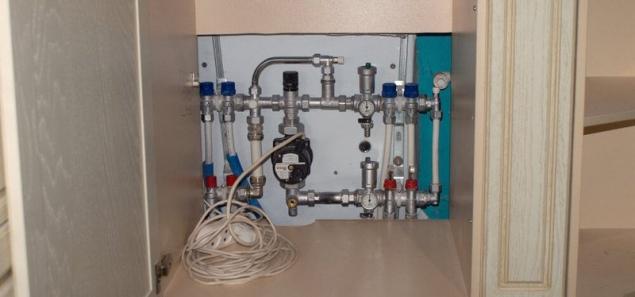

The system can work with water or antifreeze. The average volume of fluid per meter of the system 340 ml. Coolant is heated in the boiler and the circulation pump is distributed to the collector, then the polyethylene pipe in the heating modules.
Electric baseboard in appearance is no different from water. Only within the lower copper tube running heater with a capacity of 140-500 W, the top is laid a power cable, insulated with silicone. Is regulated by the thermostat.

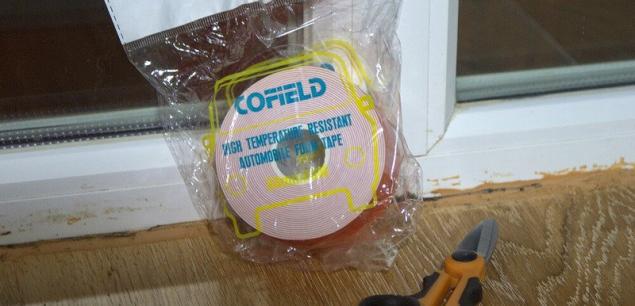
Design warm floorEach manufacturer has an individual approach to design warm the floor, but conventional models do not depart. External slip case metal, height 14-18 cm, width 3-6 cm heat Exchanger of the heating module is fixed on the brackets. Tubes, copper, obreshetiny aluminum radiator or brass slats. Pipe diameter 13 mm, thickness 2 mm. Copper pipe soldered or crimped nuts. The corners are plastic or copper.
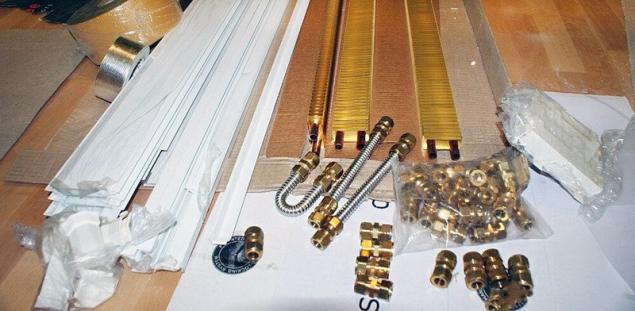
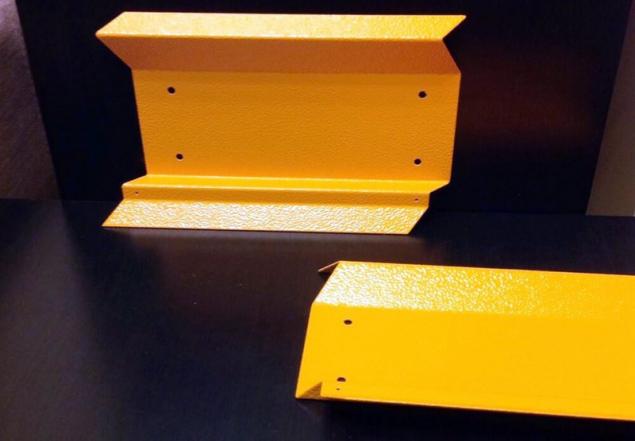
Pros warm floor
Drawbacks warm floor
P. S. And remember, only by changing their consumption — together we change the world! ©
Source: //ehome.ironws.com/otopleniye/ustanovka-teplogo-plintusa/

First, I note that there is no heating system, which is able to save 40% of electricity, how to tell the marketers of the baseboards. Took kilowatt — kilowatt gave. The only question is the comfort and suitable configuration.

How does skirting warmWarm skirting is high temperature heating (from 50 to 110 deg. A) radiant type. Around the perimeter of the exterior walls is laid 2 round copper tubes in a crate. It looks something like the photo below, but each manufacturer has its own composition of the metal sheathing, forms, ribs, etc.


A warm floor can be called smeared all over the wall of the radiator, but its design does not allow for active convection — warm air is flowing up the wall and gives comfortable warmth from the walls to the center of the room. This principle of heating is also called the "warm wall" and associated with the Coanda effect (Coanda).

The water baseboard and electricBaseboard heating work on the water and electric system. Radiant baseboard is manifold. One of the firms, installing baseboard heating, offers to punch him in the Central heating.


The system can work with water or antifreeze. The average volume of fluid per meter of the system 340 ml. Coolant is heated in the boiler and the circulation pump is distributed to the collector, then the polyethylene pipe in the heating modules.
Electric baseboard in appearance is no different from water. Only within the lower copper tube running heater with a capacity of 140-500 W, the top is laid a power cable, insulated with silicone. Is regulated by the thermostat.


Design warm floorEach manufacturer has an individual approach to design warm the floor, but conventional models do not depart. External slip case metal, height 14-18 cm, width 3-6 cm heat Exchanger of the heating module is fixed on the brackets. Tubes, copper, obreshetiny aluminum radiator or brass slats. Pipe diameter 13 mm, thickness 2 mm. Copper pipe soldered or crimped nuts. The corners are plastic or copper.


Pros warm floor
- The ideal heating system for homes with panoramic Windows.
- Uniform heat, the dust rides.
- Works as a standalone system, but can be a Supplement to another heating raw walls, Windows, floors, balconies.
- Gives the corners and distressed the walls to sweat, this is the main advantage of baseboard heating.
- Installation is labor intensive, but not complicated. If desired, heating the baseboard to solder on their own and such systems are already 10 years as well heat the cottages.
- Decorative, pleasant to the eye.
Drawbacks warm floor
- The price is generally 15 percent more expensive than traditional heating systems, but this is a subjective assessment. I deliberately did not write here in any numbers — too many variables to calculate costs. The minimum price of 1.5 linear meters $50, without calculations.
- The fins may crackle during cooling-heating. Going out at a constant temperature no sounds are observed.
- The exit speed at the optimum temperature for about a day, ie longer convectors and radiators. It is not suitable for the winter garden with a non-residence.
- In the cluttered furniture indoor warm plinth does not justify itself.
P. S. And remember, only by changing their consumption — together we change the world! ©
Source: //ehome.ironws.com/otopleniye/ustanovka-teplogo-plintusa/


